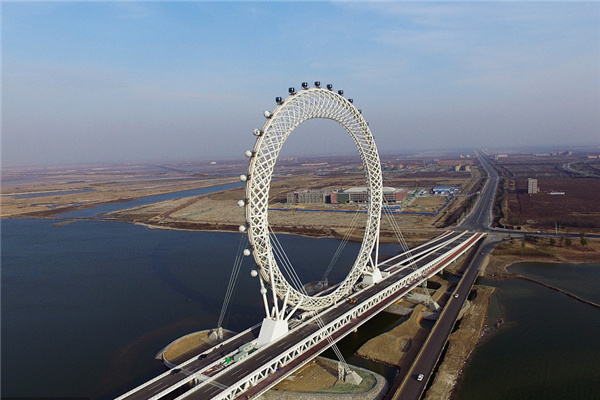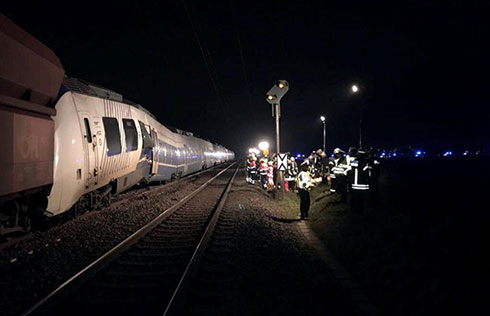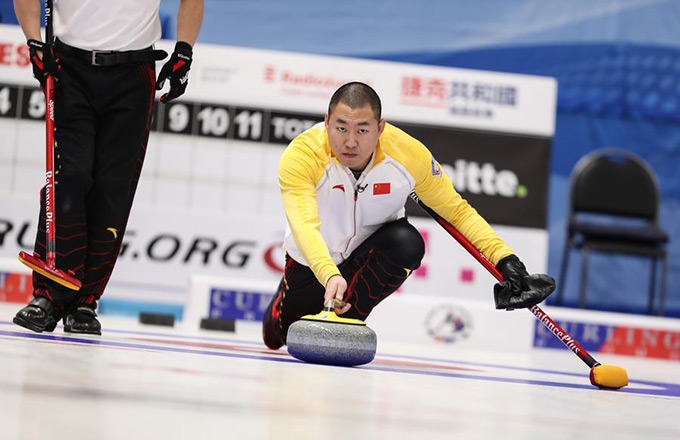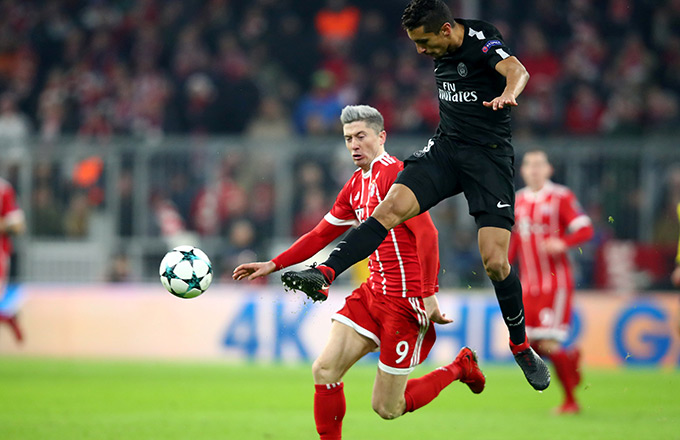

Buyout firms may need to take higher risks by stumping up more equity on bids and gambling on being able to refinance later as they seek to keep deals flowing despite banks' reluctance to lend to them.
Private equity firms drove the record takeover boom that peaked in the first half of 2007, borrowing to maximize their returns while beating competition to buy assets. But banks are now refusing to lend as easily for deals as the credit crunch takes hold.
The amount of debt used by buyout firms to fund transactions rose spectacularly from just over 50 percent to almost 80 percent, even in riskier sectors such as telecommunications, but has since fallen back as banks reign in their exposure to such debt in a bid to reassure investors.
"The debt-to-equity distribution on deals has fallen to closer to 50-50 recently," says one source at a Europe-based buyout firm. "But even getting 50-50 at the moment is pretty difficult."
The answer? According to some in the industry, buyout firms will just need to take a bigger gamble and use more equity in the original acquisition in the hope that banks will be more willing to lend further down the road to help them make their returns.
"Private equity firms will have to consider using a lot more equity when they first do deals and then try to refinance," says one senior investment banker. "They could also need to hold onto businesses for longer and reduce their returns expectations."
With many buyout firms having recently raised funds and sitting on record piles of cash, they could face pressure to find deals regardless. And, in a falling market, they may also want to be able to take advantage of buying opportunities.
"There is undoubtedly a temptation to snap up deals at attractive headline prices and take the refinancing risk on the chin," says Nick Burnell, partner at Rutley Capital Partners, a private equity firm specializing in real estate.
"If leverage on reasonable terms becomes available then it can be introduced to the deal."
Buyout firms typically hold businesses for three to five years and seek returns in the order of 25 to 30 percent a year.
They traditionally rely on a combination of markets, business acumen and debt to make such a high profit from leveraged buyouts.
They can use the market by buying at the bottom of a cycle and selling at the top. And they can use business know-how to build a company through additional acquisitions or streamline it by cutting costs.
But an integral part of securing a return on equity of more than 25 percent is engineering downwards the amount of equity invested in a particular deal, thereby manipulating the ratio. The rest of the money is borrowed.
And in recent years, buyout firms have relied increasingly on the debt element of their model to make money.
So while firms can try to go back to focusing more on basics like how to run the businesses they buy and calling the right times in market cycles, they still need debt.
"People are saying: this is an asset I really want, and I have a long-term view that markets will normalize," says Martin Thorneycroft, head of high-yield syndicate at Morgan Stanley. "So they may be prepared in the short-term to over-equitise and then look to recapitalize if the opportunity arises."
And in the current markets, to stay active, it could just be a case of buying now and praying to be able to borrow later.
Agencies
(China Daily 03/31/2008 page11)













